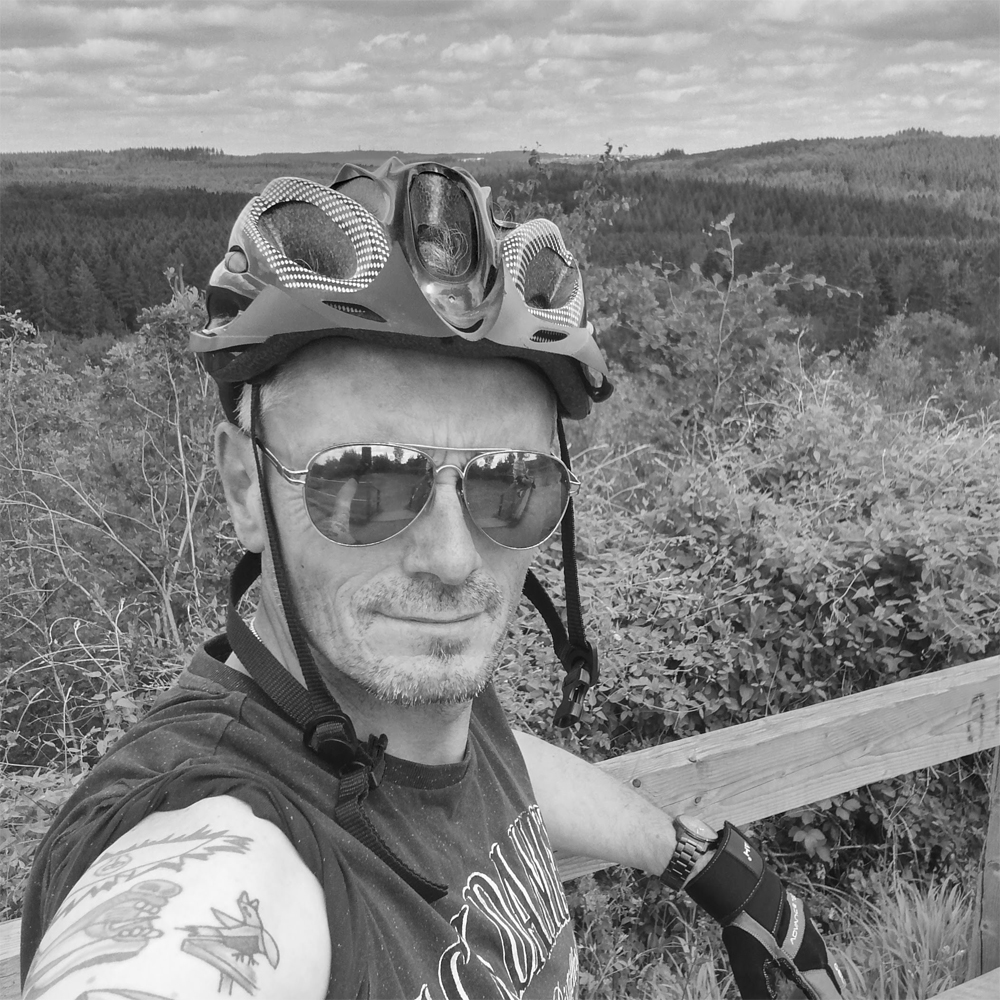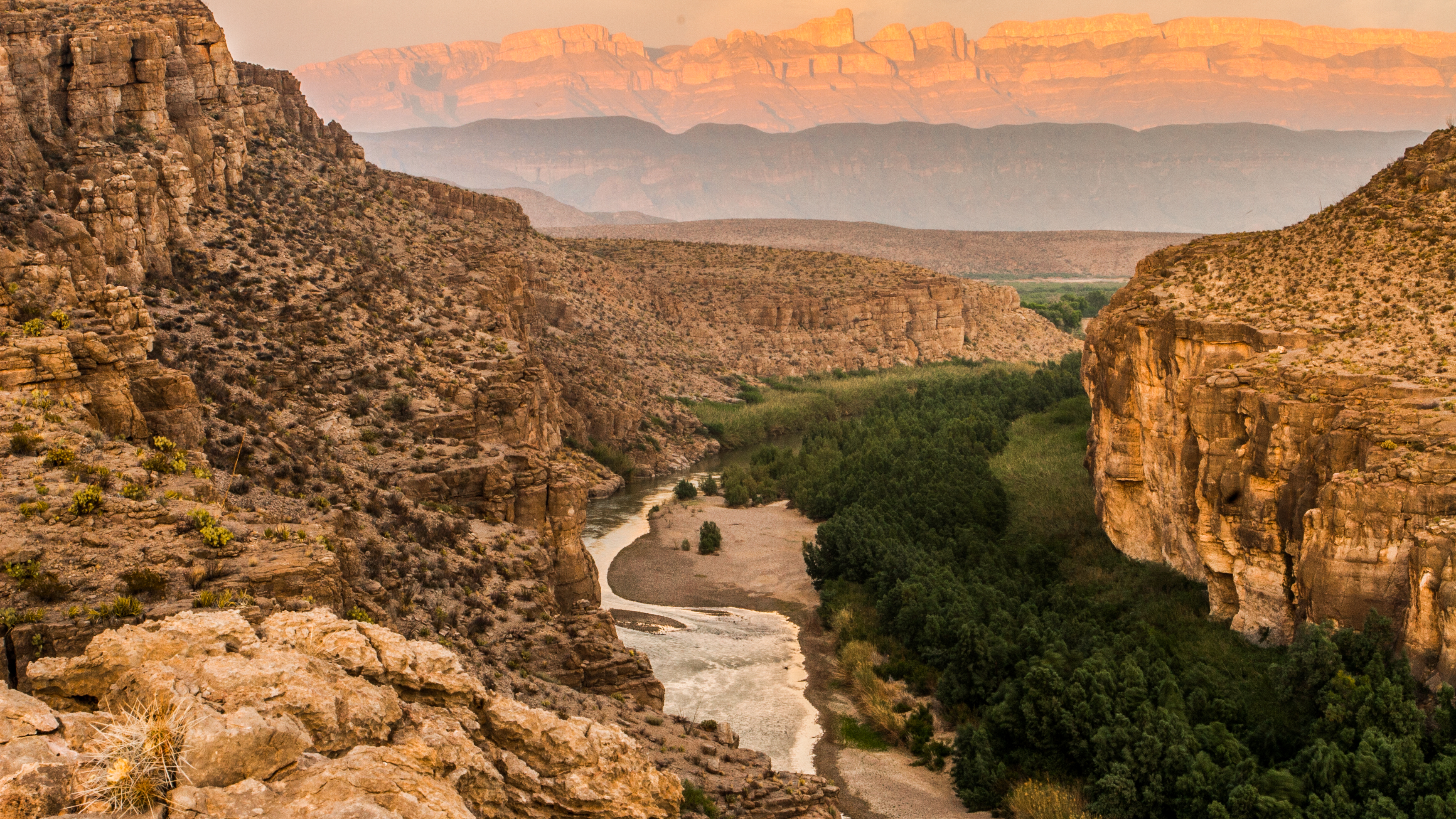Hitting the heights: top tips for trail running at altitude
Running experts give their advice on high-altitude trail running
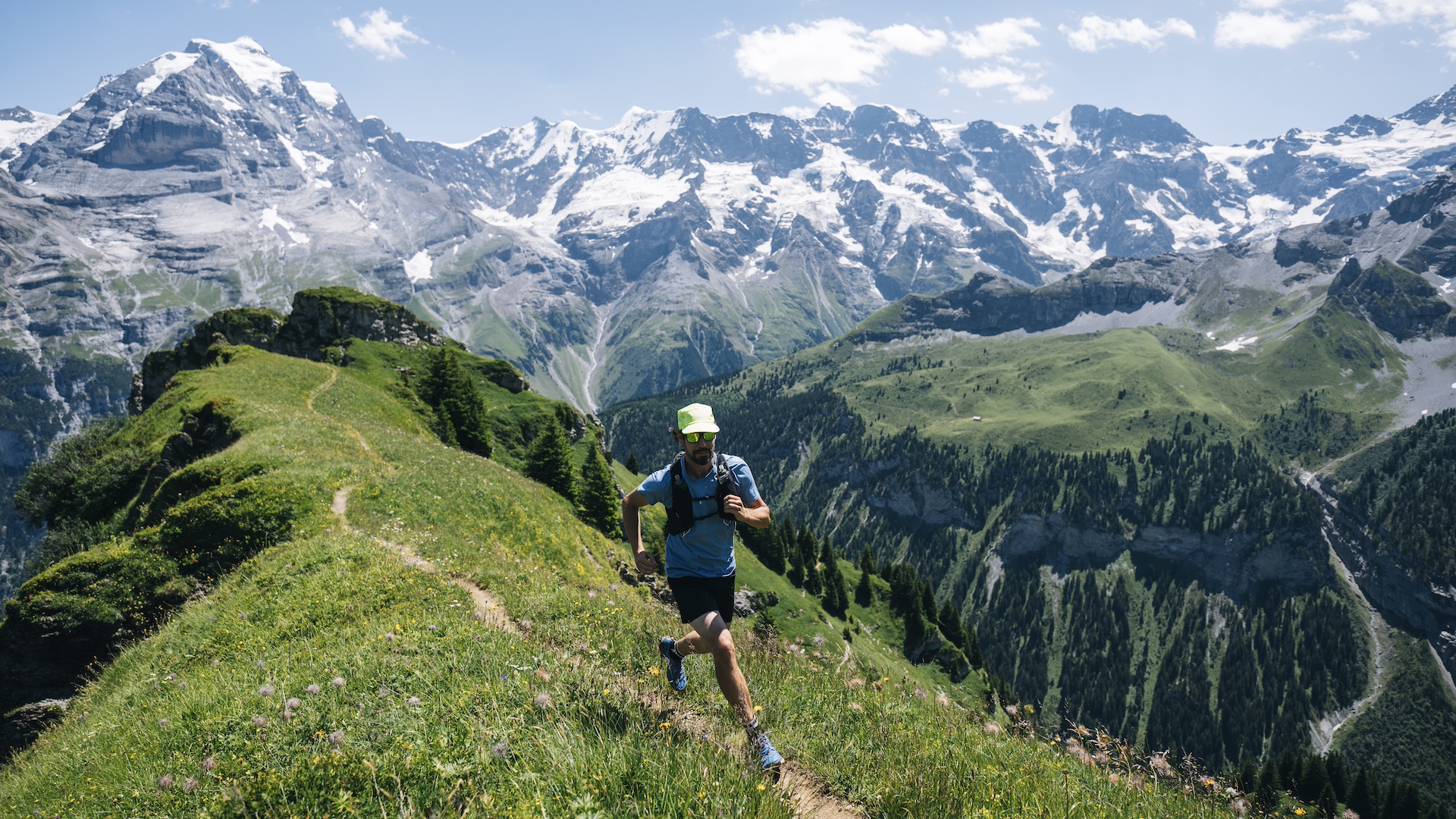
Running tourism appears to be enjoying some time in the sun, with searches for “marathons in Europe” soaring by 73% year-on-year and online search volumes for “running holidays” up 55%, as more travelers combine fitness and adventure while abroad.
“Scenic Runs at Altitude” also feature in the most desirable activities to do abroad according to a survey carried out by Icelandair. But with the rise in these “sportcations” comes the element of risk associated with trying out new challenges without the right preparation. And running at high altitude can carry its own particular risks.
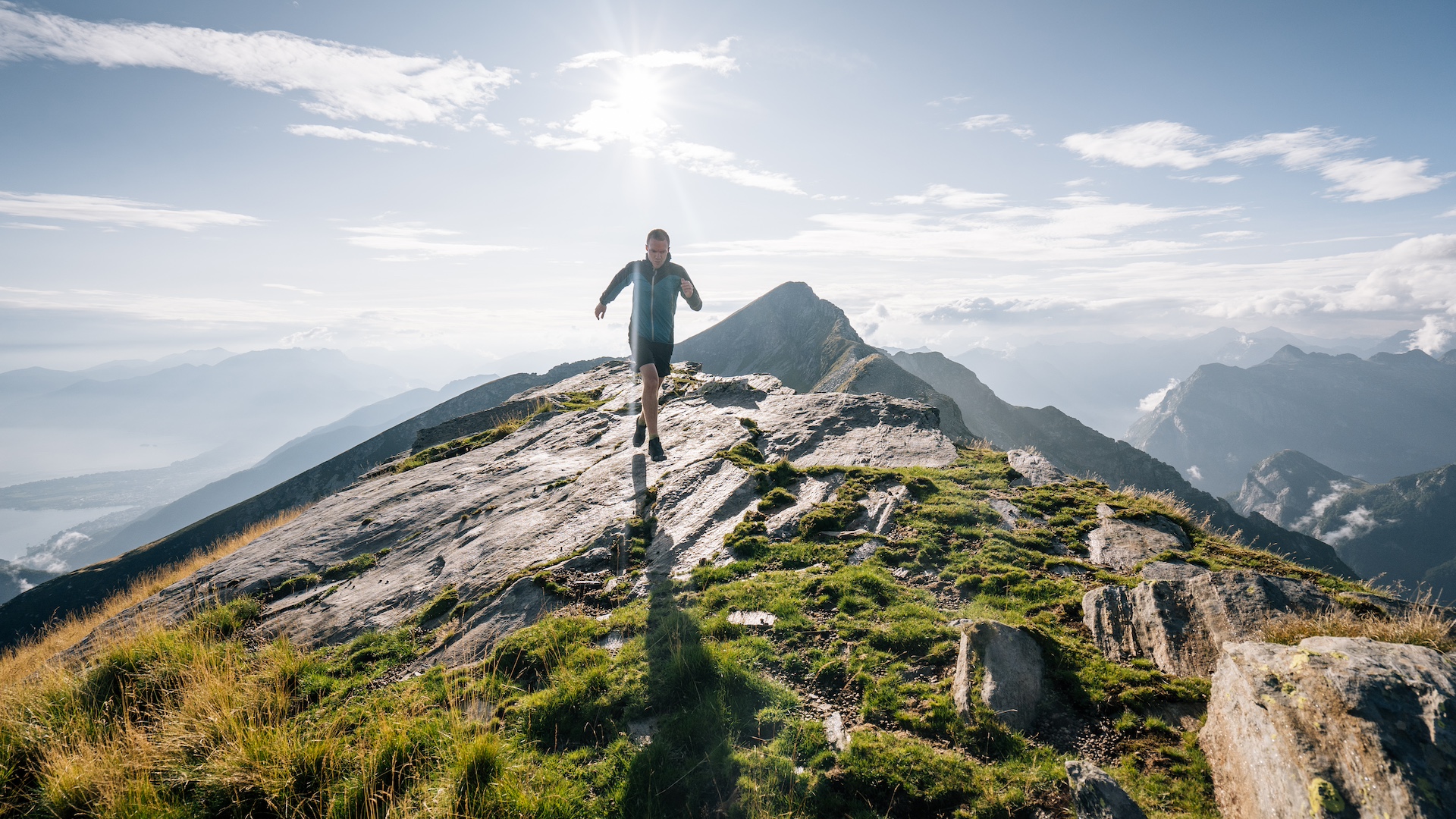
The pressure gauge for running at altitude
“One of the biggest misunderstandings is that everyone focuses on the fact that there’s less oxygen,” says ‘Jacko’ Jackson, a master instructor with the Oxygen Advantage. “But the percentage of oxygen in the air is actually the same; what changes is that the air is thinner, meaning there’s less pressure.
“The way we breathe relies on creating a pressure differential between the inside of our lungs and the outside air,” he adds. “At altitude, where air pressure is lower, you have to work harder to create that differential, making breathing more effortful.”
Key to taking some of the heavy lifting out of running at altitude are training sessions designed to adapt the body and cardiovascular framework for performing at higher elevations
“Your respiratory muscles – like your diaphragm and intercostals [muscles that connect the ribs together, forming the thoracic wall] – fatigue quicker at altitude,” explains Jackson. “Just like you’d train your biceps with weights, you need to provide resistance to your breathing muscles.”

Jackson suggests runners also try a free and simple way to do this – nasal breathing. “You can also use breathing devices – but your nostrils create around 50% more resistance compared to mouth breathing, strengthening your inspiratory and expiratory muscles in the process.”
Advnture Newsletter
All the latest inspiration, tips and guides to help you plan your next Advnture!
The biggest mistake, in Jackson’s book, is being inefficient with breathing. “At altitude, you don’t have the luxury of wasting energy on poor breathing mechanics. The speed and depth of your breathing are key. Breathing too quickly reduces oxygen extraction, leading to more breathlessness. Efficient breathing involves slower, deeper breaths to maximize oxygen intake and stay calm under exertion.”
Combining simple respiratory muscle training with holding your breath can help make it easier to handle the increased effort required at altitude. “Many people have inefficient breathing patterns, such as overusing their upper chest rather than engaging their diaphragm and lower ribs in a synchronized, three-dimensional expansion. If you add resistance to poor mechanics, you just strengthen an inefficient pattern.”
Deep breathing exercises are also helpful even if you’re only planning on hiking at high altitude.
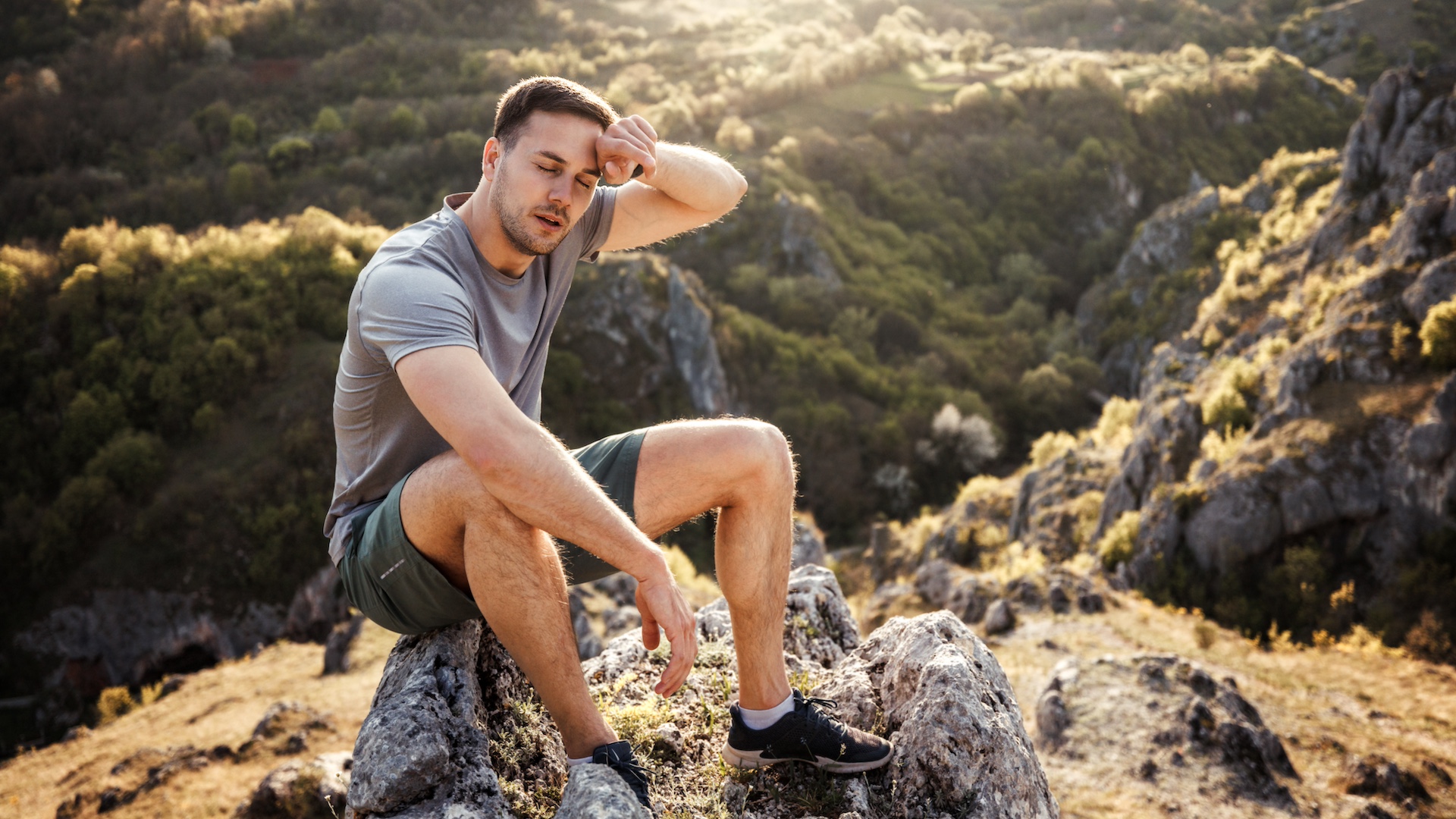
Benefits of the high-life
According to running coach Jon Shield, increased elevation can affect runners in different ways (including some weird things that happen at altitude) that they should be prepared for. “There’s no way of knowing how you’ll react to altitude until you experience it – and altitude sickness is potentially very serious and has no bearing on your how fit you are.”
Shield agrees that runners need to adapt to altitude over time. Ideally several weeks beforehand is ideal.
“This allows you to sleep at altitude and train at altitude. It’s beneficial to be able to do both and maximize exposure, which allows the body to adapt accordingly,” he adds. “However, even if you only sleep at altitude or only train at altitude, you’ll get a good response over time. The key is not to rush it.”
Some adventurers have managed to ‘fast-track’ the process, though. Pakistani mountaineer Umer Latif did exactly that when attempting to climb Khosar Gang. He signed up to a five-week high altitude breathwork training program before taking on the 20,000ft climb – with only three days of climatization.

Others, such as ultra-endurance athlete Matt Dove, take a more cautious approach: “The worst thing you can do is misjudge that period pre-race and end up on the start line feeling terrible.”
Dove, an accomplished athlete and IRONBORN Endurance coach from South Africa, most recently attempted a Double Everesting (ascending a cumulative height equivalent to two Everests) on Sani Pass in South Africa.
“If you have the time, I suggest going up to altitude and getting familiar with the effects, mainly in terms of nutrition, pacing and general performance – don’t get caught out on the day.”
Ricky Lightfoot, ultra runner and Suunto ambassador agrees with Dove. “Some people find the effects more severe than others,” he says. “In an ideal world you'd be heading up months before the event but, unless you’re a professional, that’s not going to happen.
“For myself, I’ve always struggled to have such a long period at altitude before racing as I have work and family commitments. So I’ve opted to only go up to altitude up to 24 hours before the event. Sometimes it’s worked, sometimes it hasn’t. After 24 hours the negative effects of altitude become more apparent – sleeping patterns become worse and dehydration becomes more apparent.”
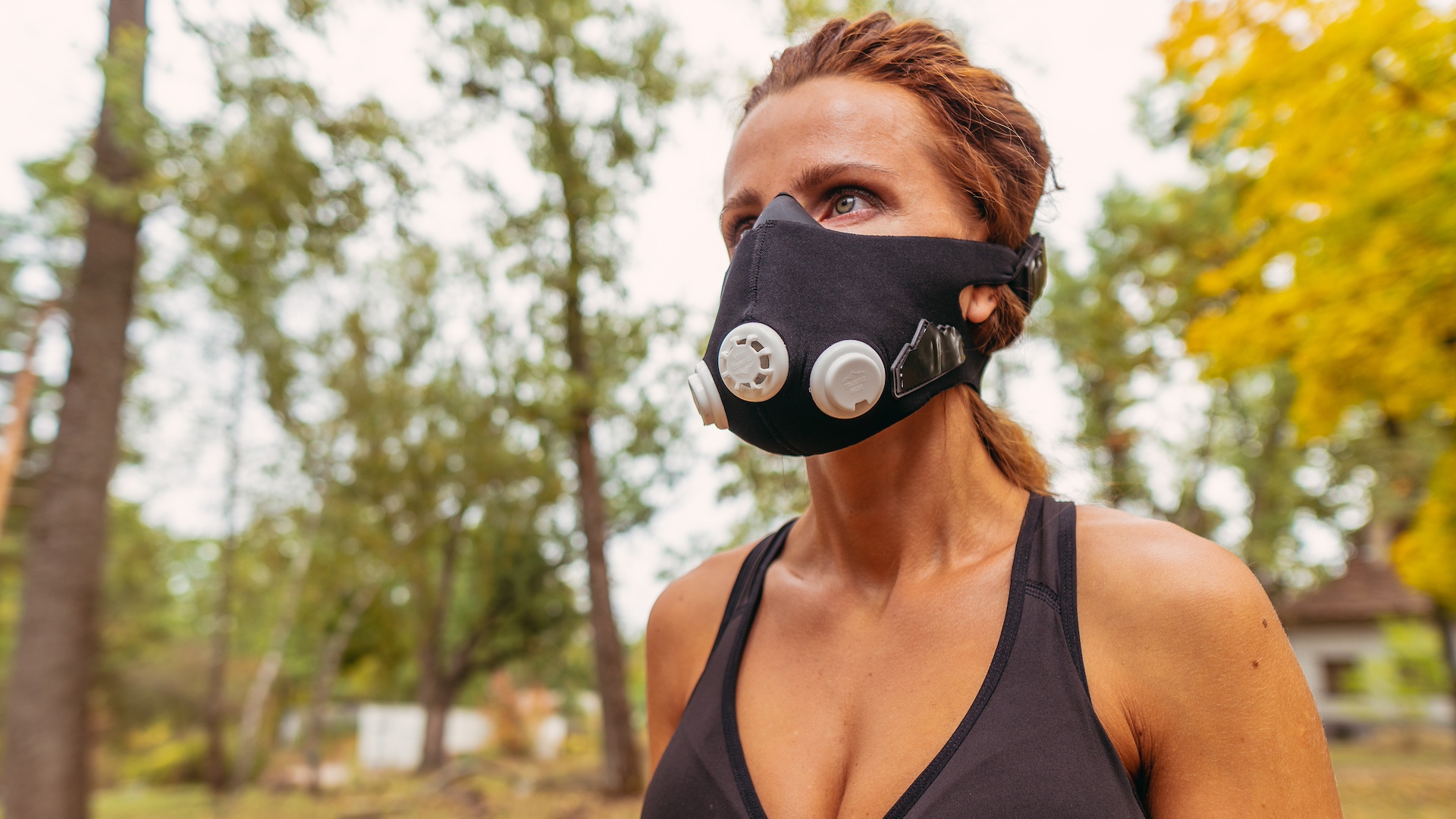
Fast-track altitude training
“If you’re short on time, altitude chambers can help simulate conditions,” says Dove. “Hypoxic training masks don’t replicate altitude but can strengthen respiratory muscles – also supplementing with iron (after a blood test) can help oxygen transport.
“I personally don’t use oxygen tents. The nature of Everesting, specifically in South Africa, you generally start fairly low, peak and get down as quick as possible. So, the effects don’t have as much of an impact.”
For Lightfoot though, there’s no real substitute for the real thing. “You've either got to put the work and time in and arrive early to train and live in that environment or you arrive late and put up with whatever it deals to you.
“Of course, there are altitude tents which will be of aid if you’re going to compete at altitude,” he adds. “But these can be costly and take up space. And if your partner is not like-minded it could cause a few problems if you’re planning to sleep in it!”
Instead, Lightfoot suggests you try a few tips that may help improve your performance on the day when running at higher altitudes:
- Stay hydrated: “Drinking more will help. Your body is more stressed at altitude as it tries to maintain its regular function. Also, the air is thinner with less moisture, so with every breath you're losing moisture and becoming more dehydrated.”
- Reduce the intensity of your running: “If you do manage to go up to altitude early, in those initial days keep those runs easy. By keeping the effort low it allows your body to adapt to the new surroundings.”
- Rethink your fuelling: “Racing at altitude may mean you burn more calories, so during racing you may need to add a little more to your hourly calorie intake.”
Rob Kemp is a Dorset-based trail runner and off-road cyclist. He's written on the subject of health and fitness for over 25 years across a range of publications and websites. A former contributor to Trail Running and Outdoor Fitness magazines, his work now regularly features in The Telegraph and Cycling Weekly magazine. These days he's easing off from marathon running and devoting more time to hiking in Wales and Scotland or falling off of his bike in scenic wilds of south-west England.
